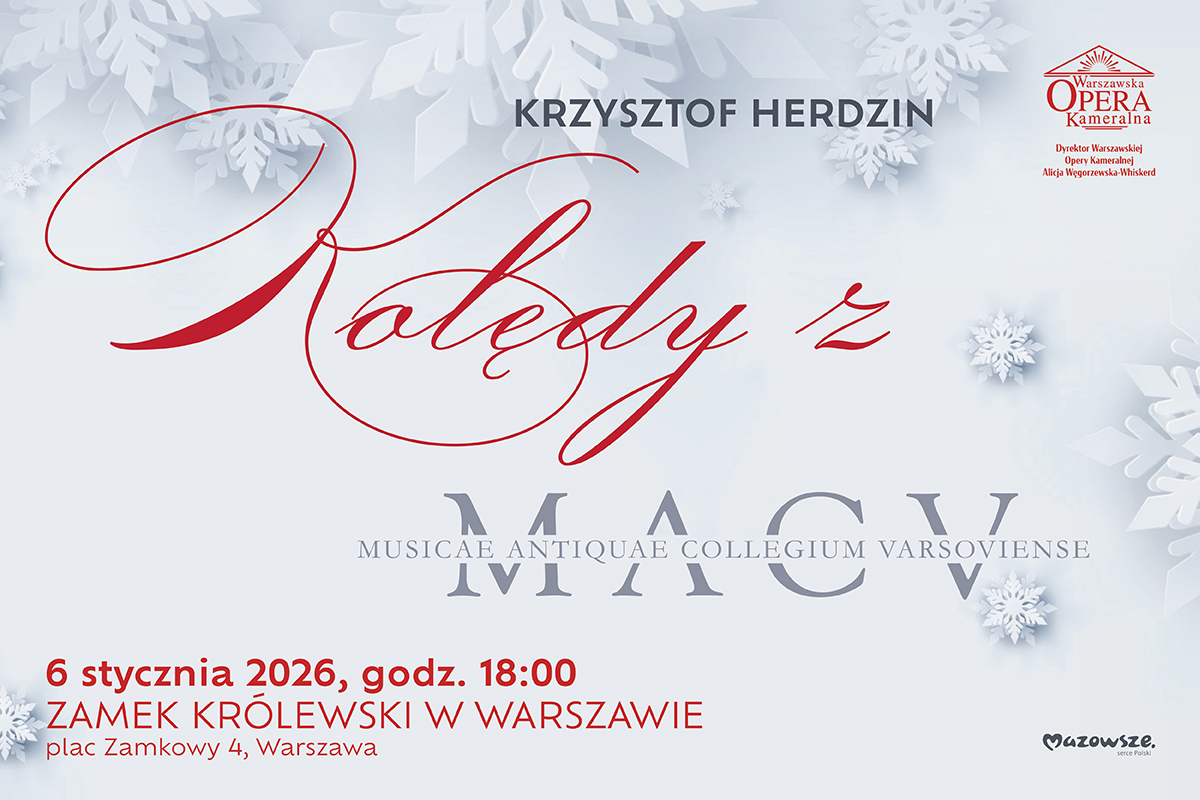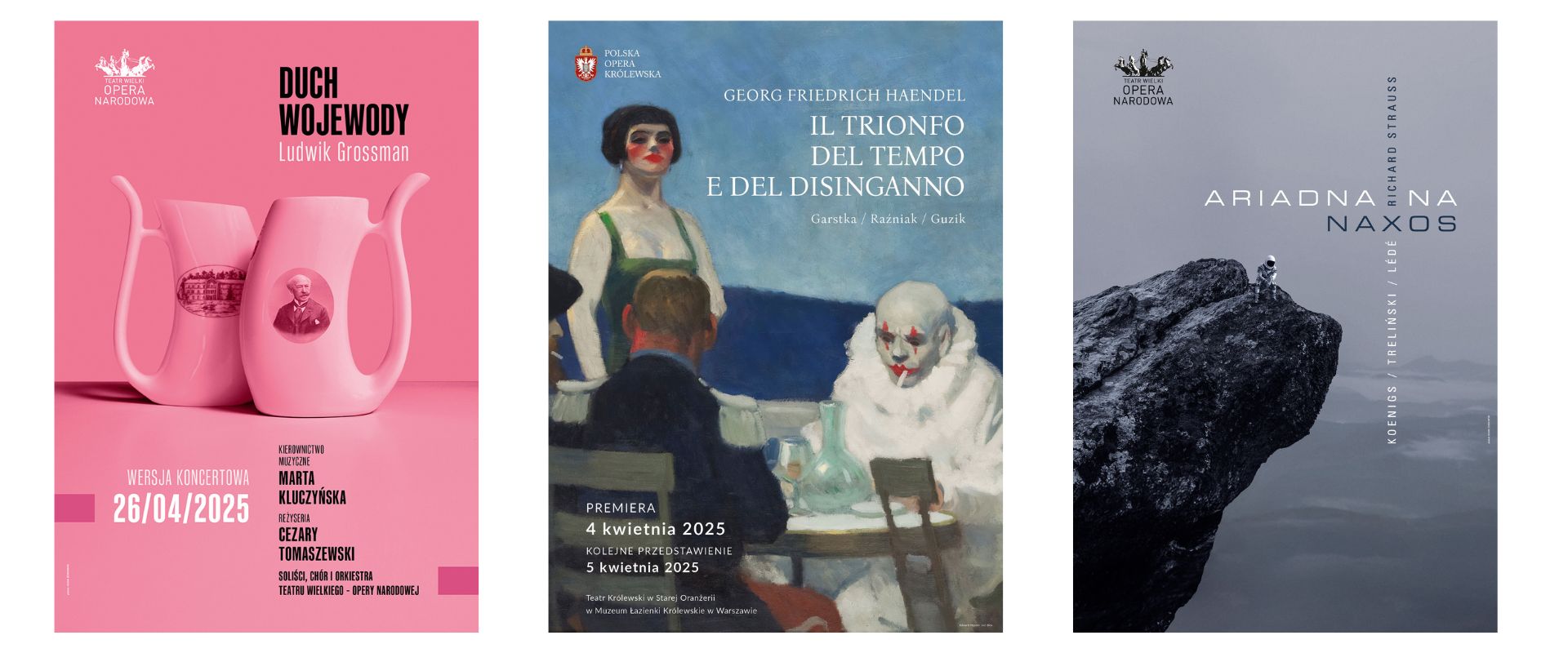 Who? What? Where? When? Three opera premieres in Warsaw in April
Who? What? Where? When? Three opera premieres in Warsaw in April
In April, Warsaw will become the capital of opera – its two opera houses host three premiere performances of works by Richard Strauss, Ludwik Grossman, and Georg Friedrich Händel – a rare occurrence.
“Ariadne on Naxos” is the third opera composed by Richard Strauss in collaboration with librettist Hugo von Hofmannsthal. It is the third work by the German composer to be staged by Mariusz Treliński. The set has been designed by Fabien Lédé. The musical director is German conductor Lothar Koenigs.
What is “Ariadne on Naxos” about? According to the Polish National Opera, it is a miniature loosely based on the myth of Ariadne explored by multiple composers since Monteverdi combining elements of seriousness and humour. Stock characters known from 18th-century opera seria meet their commedia dell-arte counterparts. Abandoned by Theseus, Ariadne wakes up in a grotto on the island of Naxos surrounded by nymphs. The Harlequin and Zerbinetta try to cheer the devastated woman, but she seems deaf to their voices: she is obsessively thinking about death. The god Bacchus arrives unexpectedly and is smitten by Ariadne. The Polish National Opera will show the production six times. Opening April 4, on stage through April 27.
On April 26, the Polish National Opera opens Ludwik Grossman’s “Ghost of the Governor.” The performance will be led by Marta Kluczyńska, a conductor on a mission to rediscover forgotten operas. It is difficult to classify Grossman’s score (1835–1915) under a single genre. According to the Polish National Opera, “Ghost of the Governor” can be characterised as an Italian opera buffa featuring elements of vaudeville and operetta, and some French influences (the motif of disguising oneself as a ghost appeared in François-Adriena Boieldieu’s immensely popular The White Lady). The convoluted love intrigue, conceived by Władysław Ludwik Anczyc, tells the story of the owner of a mountainous resort Fékéte. While he is trying to placate holidaymakers complaining about bad housing conditions, the conversations is interrupted by the arrival of esteemed guests from Warsaw: a Councillor’s Wife, her niece Helenka, and a Chairman. The Councillor’s Wife tries to force the young woman to marry the Chairman. The girl objects the matrimony: she is in love with her former teacher, Leon, who also unexpectedly turns up at the resort. The cast of the only show, mixing elements of concert and staged performance, features Małgorzata Walewska and Joanna Kołaczkowska, among others.
The third Warsaw premiere in April is “Il trionfo del tempo e del disinganno,” the oratorio written by George Frideric Handel for Rome in 1707. The Polish Royal Opera will present an opera-diptych, also known as a “hidden opera.” It contains some of Handel’s most beautiful arias (including the mesmerizing “Lascia la spina”) and virtuosic passages written for the organ (intended for Handel himself) and the first violin (a part composed specifically for Arcangelo Corelli, the conductor of the first performance). The libretto, prepared by Cardinal Benedetto Pamphili, has the form of a debate among four allegorical figures: Beauty, Pleasure, Time, and Disillusionment. Beauty (soprano) lives under the spell of Pleasure (soprano) until Time (tenor) and Disillusionment (contralto) convince her to choose a new path of repentance and pious severity. The performance, scheduled to premiere on April 4 at the Royal Theater in the Old Orangery at the Łazienki Królewskie Museum, is staged by Waldemar Raźniak, with musical director Krzysztof Garstka.





